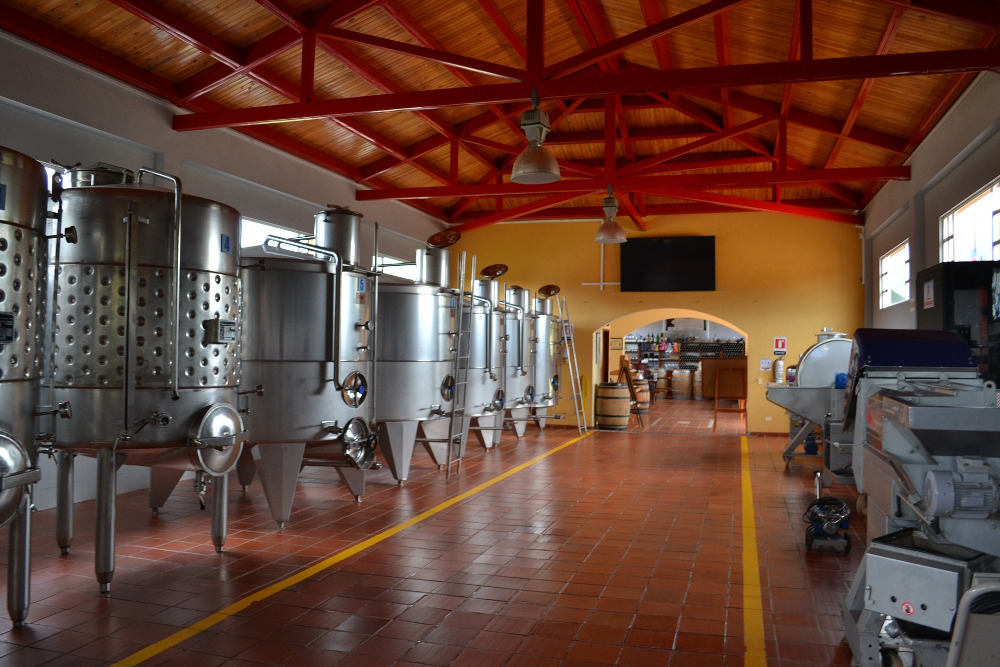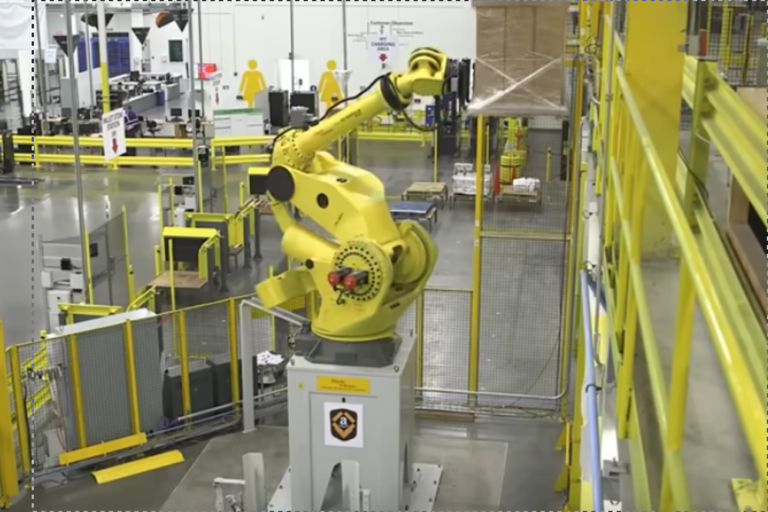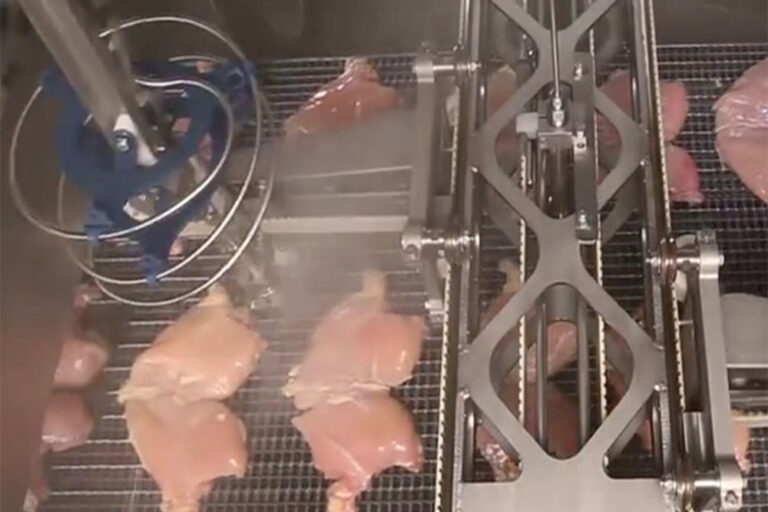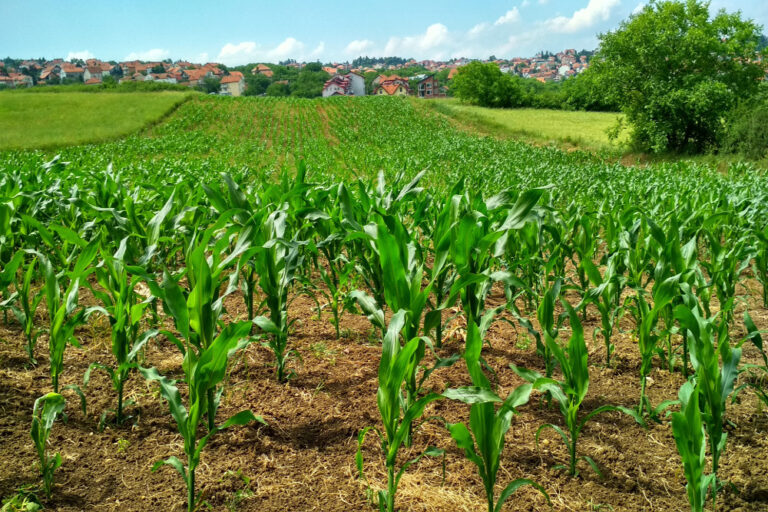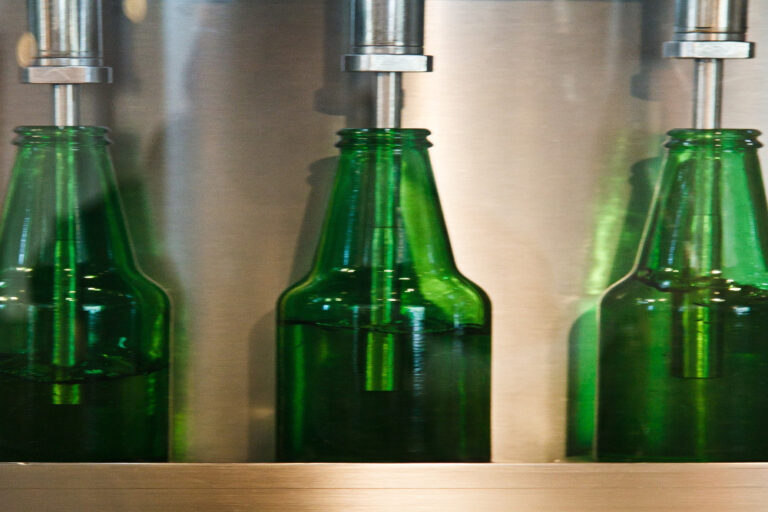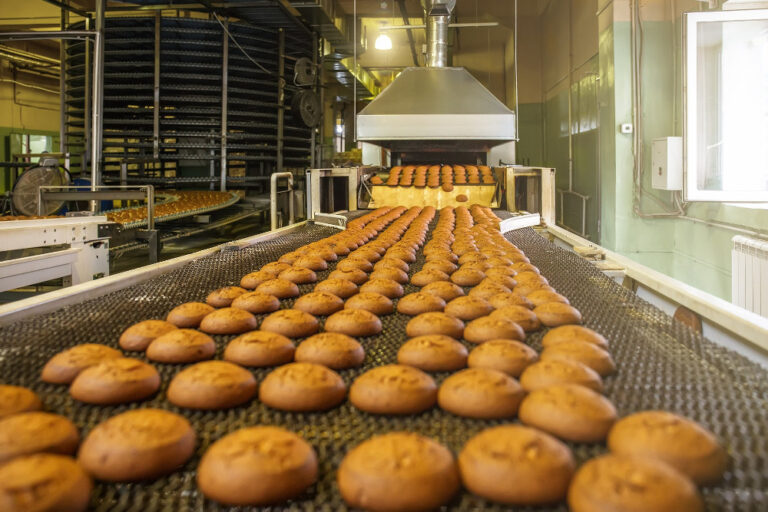LabMaster BSD Brewing, diStilling and Blending
Scientific Solutions LabMaster® BSD process control is ideal for the task of Brewing, diStilling and Blending (BSD) of beverages. The LabMaster® BSD provides a scalable platform to take an idea from conception thru product development and formulation, onto prototyping and pilot plant production, and finally to full manufacturing.
Scientific Solutions LabMaster® BSD data acquisition, control and counter/timer circuits monitor key parameters during the brewing, distillation and blending processes including temperature, pressure, flow rate, liquid level and specific gravity. The LabMaster® BSD control system’s high accuracy improves product quality, process optimization and stability and results in improved safety and reduced energy costs. Better process control results in a better product.
Distillation and brewing both begin with the malting process. The malting process begins by soaking the grain in water to awaken the dormant grain. Throughout the malting process, the grain’s starches are released. The grain will subsequently begin to sprout and germinate. The sprout is then baked in a kiln to create the malt.
The malt is then used to create the mash. The malt is crushed and combined with hot water to remove the outer husk of the grain from the inner endosperm. This mixture of husk, endosperm and water is called the mash. The mash is then heated for about 30 minutes, which is referred to as the “time to mash”. The temperature of the heated mash determines the kind of sugar enzymes produced. The Scientific Solutions LabMaster® measurement and control products are used for time and temperature control which are imperative for a consistent flavor. After the mash time, the heat is turned off and the mixture rests or about one hour. During this time, the mixture turns into a sugary liquid call the wort. The wort is the food source for the yeast to consume in the next step.

The LabMaster® BSD control system’s high accuracy improves product quality, process optimization and stability and is ideal for new beverage formulation. From idea conception to product development then prototyping and onto manufacturing.
.
The next step is to separate the wort from the mash mixture in a process called lautering which is simply draining the wort thru the mash solids and into another vessel. There is still sugar left in the mash solids, and it is removed in a process called sparging. In this process, water is poured into the mash solids and washes the remaining sugars into the wort vessel. Too little washing and you leave sugars behind, too much washing and you get bad flavors passed to the wort. The washed mash is discarded.
The wort is then boiled for 60 to 90 minutes, depending on the manufacturer. During this boil time, hops are typically added. The hot wort is filter thru a strainer and transported thru a heat exchanger to the fermentor. The heat exchanger is used to reduce the temperature of the wort that is acceptable for yeasts. Once in the fermentor, yeasts are introduced. Fermentation is the name for the process in which the yeast consumes the sugar and creates alcohol and carbon dioxide.
For a healthy yeast to survive, the temperature of the wort must be maintained. But eventually, when the sugar is all consumed or the alcohol concentration is too high,
the yeast perish. Specific yeasts are used for different products. The yeast will determine the alcohol content of the brewed product which is typically restricted to 16 percent.
Larger beers use the Saccharomyces pastorianus yeast. These yeast sink to the bottom of the fermentor , producing a clear or translucent beer. Ale beers use the Saccharomyces cerevisiae yeast. These yeast float, giving the liquid a dark tint. Ale comes in Porter and Stout varieties. Historically ales did not contain hops, however today most all beers contain hops.
The process of distillation is used to raise the product’s alcohol content. The wort is heated during distillation, which causes the alcohol to evaporate. The material that has evaporated is cooled and collected. This process is used to make several different spirits, including brandy, gin, rum, tequila, whiskey, and vodka.
Many drinks are blended to add flavors, change the ph, or add more alcohol. As laws are very strict to the accuracy of the labels for alcohol proof, this must be done with great precision. Although a regular hydrometer can be used for pure alcohol, it is no good for measuring the alcohol content of sugary drinks such as wine, liqueur or cordials as the sugar suspended in the liquid increase the viscosity of the liquid which will give an inaccurate hydrometer specific gravity reading relative to alcohol percentage.

